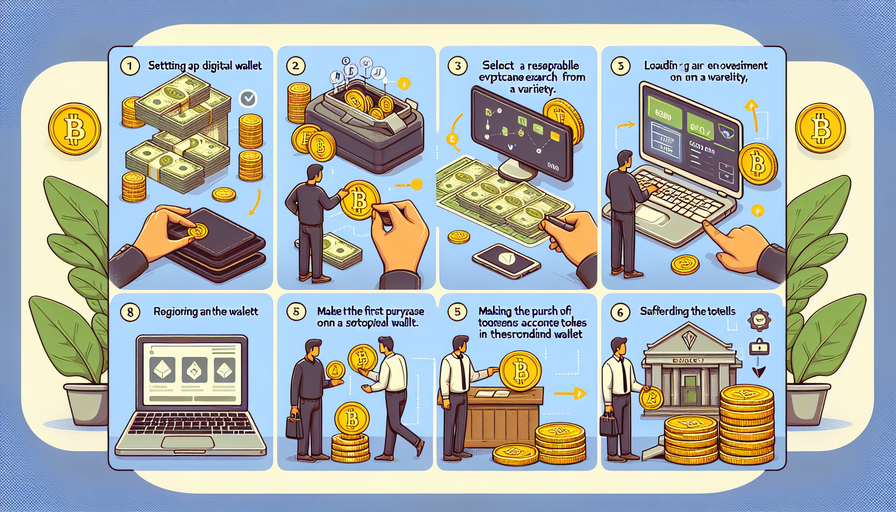Forgetting your iPhone password can be a frustrating experience, especially if you have important data stored on your device. However, there are ways to reset your iPhone password without losing any of your valuable information. In this guide, we will walk you through the steps to regain access to your device without compromising your data.
Use iCloud’s “Find My iPhone” Feature
If you have enabled the “Find My iPhone” feature on your device and have access to another Apple device or a computer, you can easily reset your iPhone password remotely. Here’s how:
1. Go to icloud.com and sign in with your Apple ID.
2. Click on “Find iPhone” and select your device from the list of devices linked to your account.
3. Choose the option to “Erase iPhone.” This will erase all data on your device, including the password.
4. Once the erasing process is complete, set up your iPhone as a new device and create a new password.
By using iCloud’s “Find My iPhone” feature, you can reset your iPhone password without losing any data stored on your device.
Use iTunes to Restore Your Device
If you have previously synced your iPhone with iTunes on a computer, you can use this method to reset your password without losing data. Follow these steps:
1. Connect your iPhone to the computer that you have previously synced with.
2. Open iTunes and wait for it to sync and back up your device.
3. Once the syncing process is complete, click on “Restore [Your Device]”.
4. Follow the on-screen instructions to restore your device from the most recent backup.
5. After restoring your device, set up a new password for it.
Using iTunes is another effective way to reset your iPhone password without losing any data.
Contact Apple Support
If the above methods do not work for you or if you do not have access to another Apple device or a computer, contacting Apple Support is always an option. You can reach out to Apple Support either through their website or by visiting an Apple Store near you for assistance with resetting your iPhone password without losing data.
In conclusion, forgetting your iPhone password does not necessarily mean losing all of your valuable data. By following these methods – using iCloud’s “Find My iPhone” feature, utilizing iTunes to restore your device, or seeking help from Apple Support – you can regain access to your device without compromising any important information stored on it.


